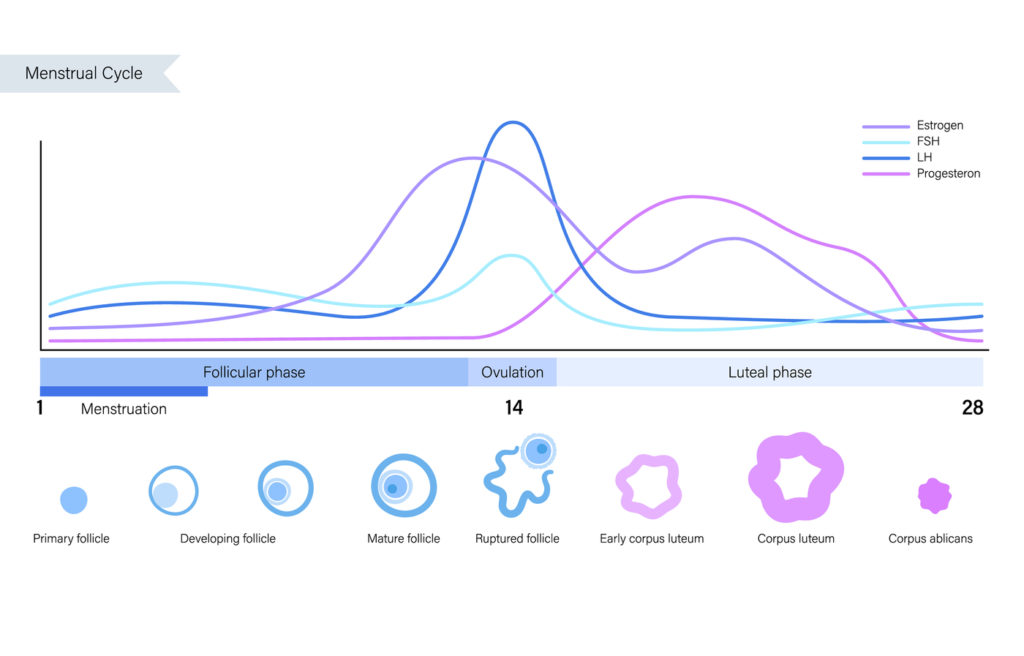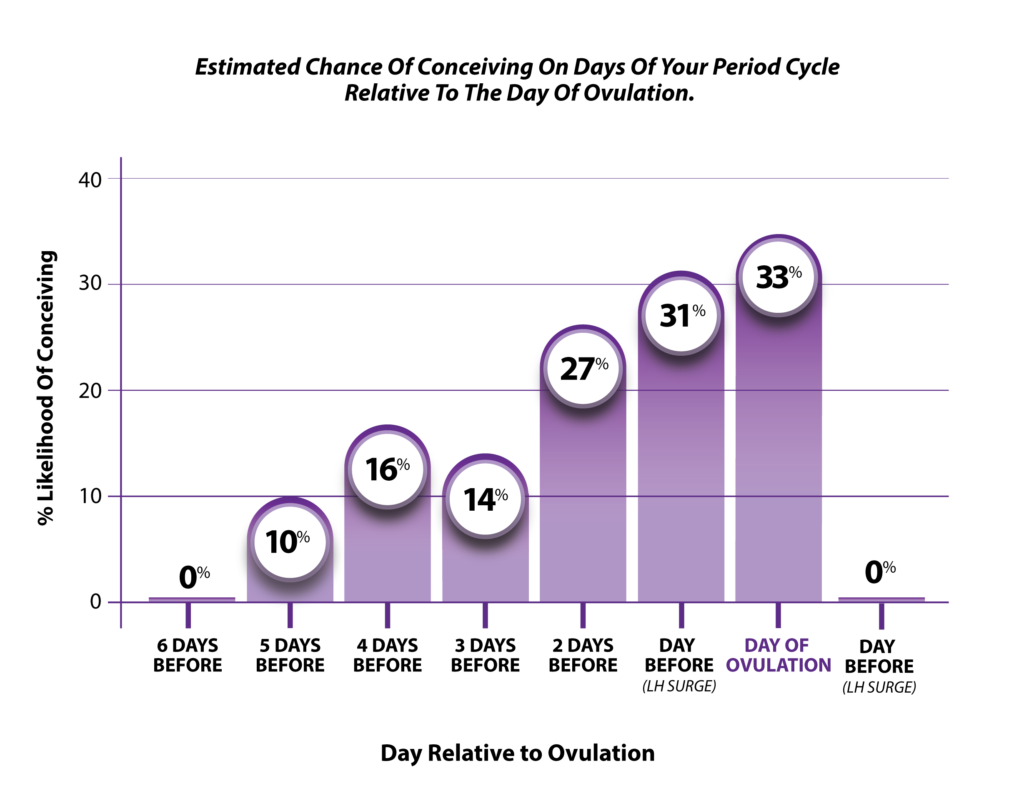Luteinizing Hormone Plays A Critical Role in Ovulation
When you’re trying to get pregnant, knowing when you are ovulating is key. But, if you don’t understand how your body ovulates, it might feel like you’re playing the lottery. It’s time to be more strategic.
Your body uses two hormones to send messages between your brain and ovaries to mature and release an egg. The first hormone, Follicle Stimulating Hormone or FSH, tells your ovaries to mature an egg. When that egg matures, it sends a message to the brain that it’s ready. In return, the brain sends the second hormone, Luteinizing Hormone or LH, to tell that egg to release. LH will surge around 24 to 36 hours before the egg releases.


